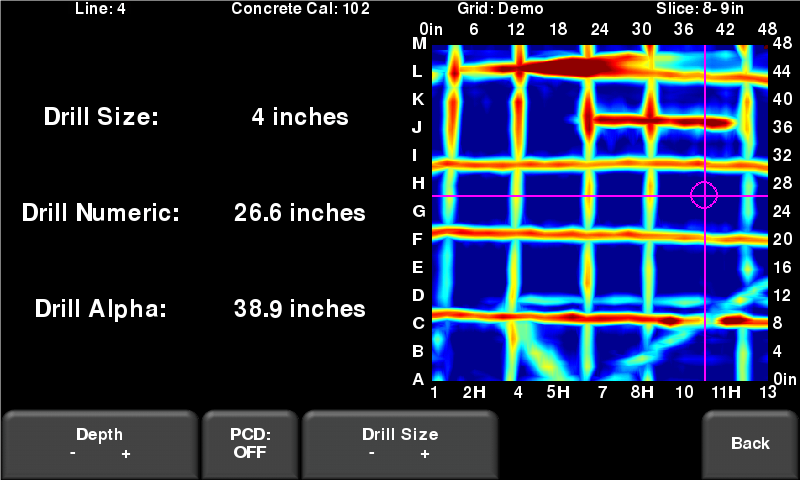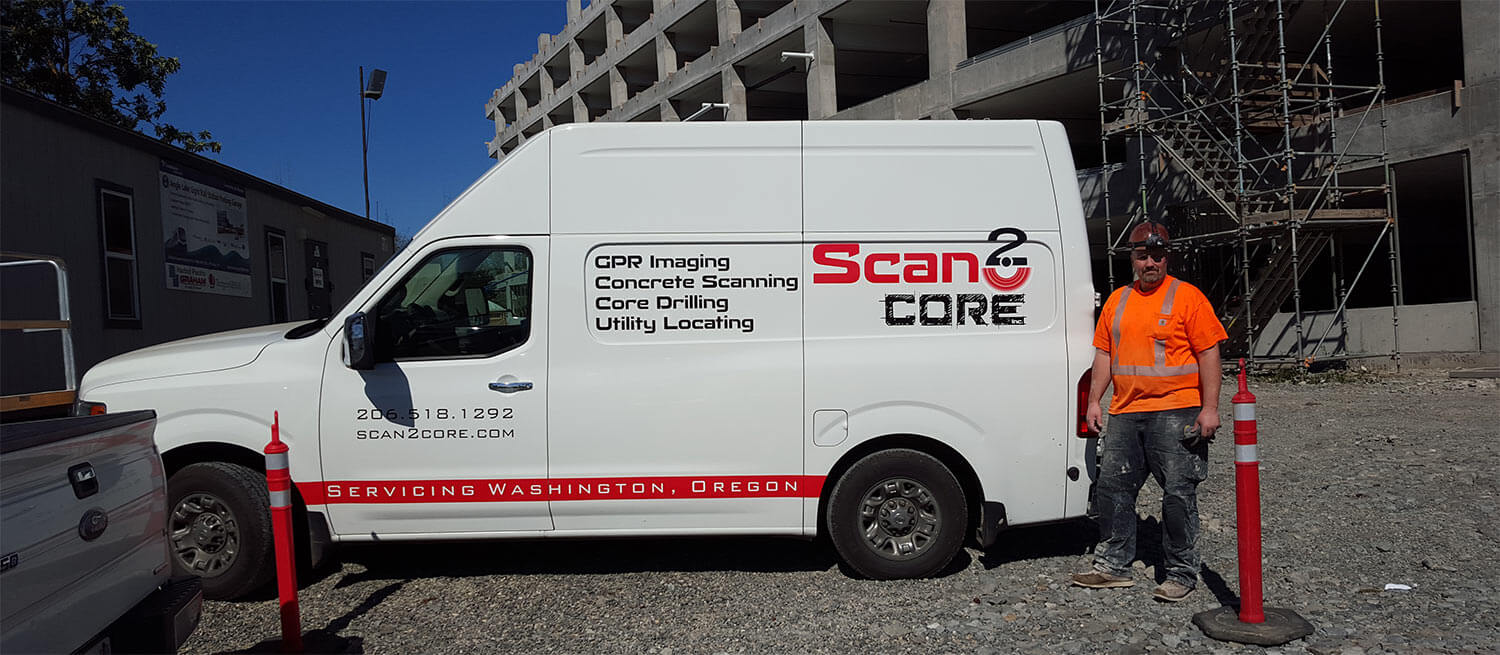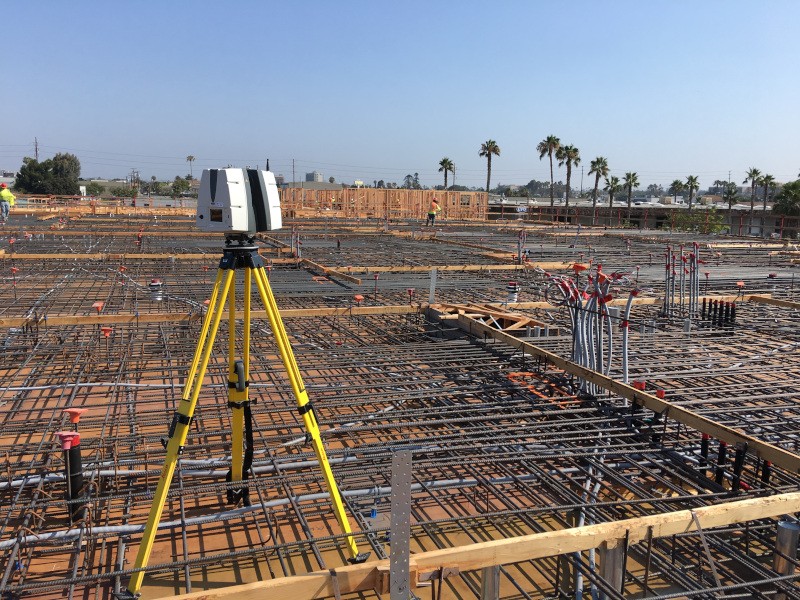The Scientific research of Building And Construction: Concrete Scanning and Imaging
Wiki Article
Beyond the Surface area: Deciphering the Tricks of GPR Scanning for Concrete Applications
Are you ready to dive deeper into the world of GPR scanning for concrete applications? Discover the fundamentals of GPR scanning, find out just how it functions, and explore best practices for performing scans on concrete surface areas.The Fundamentals of GPR Scanning for Concrete Applications
GPR scanning is typically made use of to assess the condition of concrete frameworks. You can easily unwind the secrets that exist under the surface area of the concrete when you utilize GPR scanning. It supplies you with useful details concerning the inner framework of the concrete and helps you recognize any kind of possible concerns or flaws.With GPR scanning, you can quickly and non-destructively identify the thickness of the concrete piece and locate any type of gaps or delaminations within it - Concrete Scanning and Imaging. This info is crucial for assessing the architectural honesty of the concrete and intending any type of required repair services or maintenance
Moreover, GPR scanning allows you to detect the presence of reinforcing steel bars, likewise understood as rebar, within the concrete. This is vital for analyzing the toughness and resilience of the framework, along with for guaranteeing proper building and construction methods were adhered to.
Furthermore, GPR scanning can identify the existence of dampness or water seepage within the concrete. This is especially vital as wetness can cause corrosion of the enhancing steel, which can endanger the architectural honesty of the concrete over time.

Understanding the Innovation Behind GPR Scanning
To comprehend exactly how it functions, you require to realize the technology behind GPR scanning. Ground Passing Through Radar (GPR) is a non-destructive screening method that makes use of electro-magnetic waves to spot subsurface objects and features. The antenna gets the shown waves and sends out the information back to the control unit.GPR scanning runs on the principle of time travel. By examining the time and strength of the reflected waves, GPR can identify the depth and place of objects within the concrete.
Finest Practices for Performing GPR Checking on Concrete

Interpreting GPR Scanning Outcomes for Concrete Applications
Once you have performed the GPR checks on the concrete, it's time to analyze and interpret the results to gain valuable insights. The interpretation of GPR scanning results look these up is an essential step in recognizing the condition of the concrete and identifying any type of possible concerns.Along with recognizing like this problems, the analysis of GPR results can also assist figure out the density and composition of various concrete layers. By assessing the reflections and diffractions in the GPR data, you can approximate the deepness and thickness of various layers, such as the concrete cover, reinforcement, or any kind of other ingrained elements. This information is important for evaluating the structural honesty of the concrete and intending any kind of needed repair or upkeep work.

Advanced Methods for GPR Scanning in Concrete Evaluation
By making use of innovative techniques, you can improve the precision and resolution of GPR scans for examining concrete structures. One such method is called multi-frequency GPR scanning. This look at these guys includes utilizing GPR systems that can run at multiple regularities all at once. By doing so, you can acquire more comprehensive information about the concrete's internal framework. An additional technique is known as time-lapse GPR scanning. This includes taking numerous scans of the very same area at various times and comparing the results. By doing this, you can track any kind of modifications or deterioration in the concrete over time. In addition, utilizing ground-coupled antennas can boost the quality of GPR scans. These antennas are positioned in straight contact with the ground surface area, permitting better signal infiltration and resolution. Including advanced data handling formulas can additionally enhance the accuracy of GPR scans. These formulas can strain noise and enhance the exposure of subsurface features. On the whole, by using these advanced strategies, you can greatly enhance the performance of GPR scanning in analyzing concrete structures.Conclusion
So there you have it - the tricks of GPR scanning for concrete applications have been deciphered. Since you understand the essentials of this innovation and exactly how it functions, you can confidently perform GPR scanning on concrete structures. Keep in mind to adhere to ideal practices and interpret the outcomes precisely to guarantee precise evaluation. And if you're really feeling daring, don't be afraid to discover advanced techniques in GPR scanning. With this understanding, you'll be able to delve past the surface area and uncover the covert secrets of concrete structures.Discover the essentials of GPR scanning, find out just how it works, and check out ideal techniques for performing scans on concrete surfaces. When you make use of GPR scanning, you can easily unwind the tricks that lie beneath the surface of the concrete. The interpretation of GPR scanning results is a crucial action in comprehending the condition of the concrete and recognizing any type of prospective concerns. Generally, by making use of these sophisticated methods, you can considerably improve the efficiency of GPR scanning in evaluating concrete structures.
Currently that you comprehend the essentials of this technology and just how it functions, you can confidently conduct GPR scanning on concrete structures.
Report this wiki page